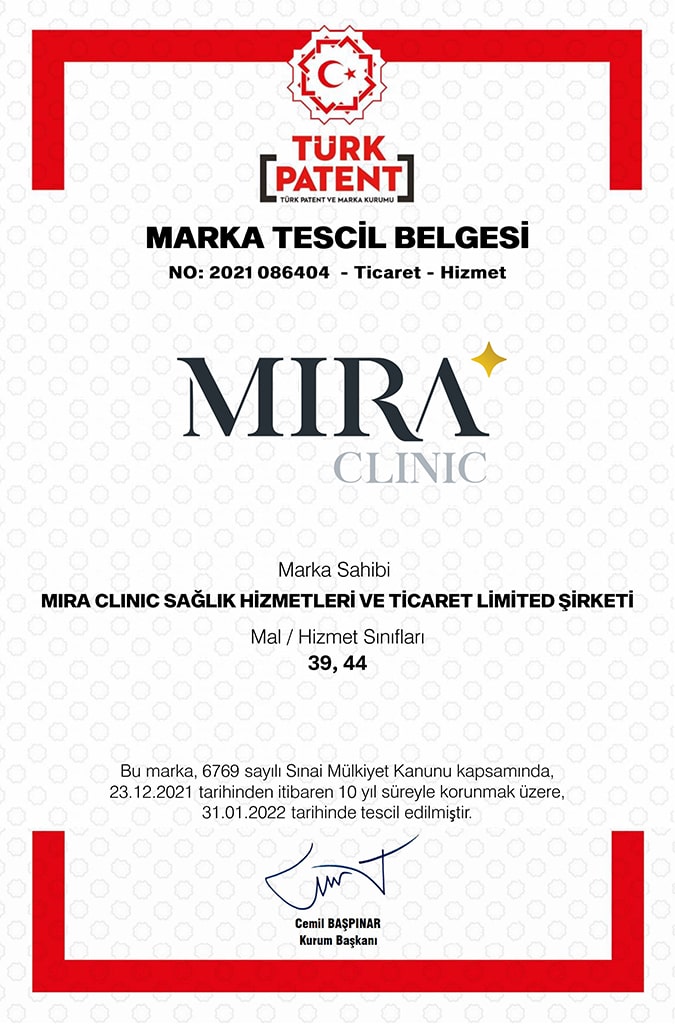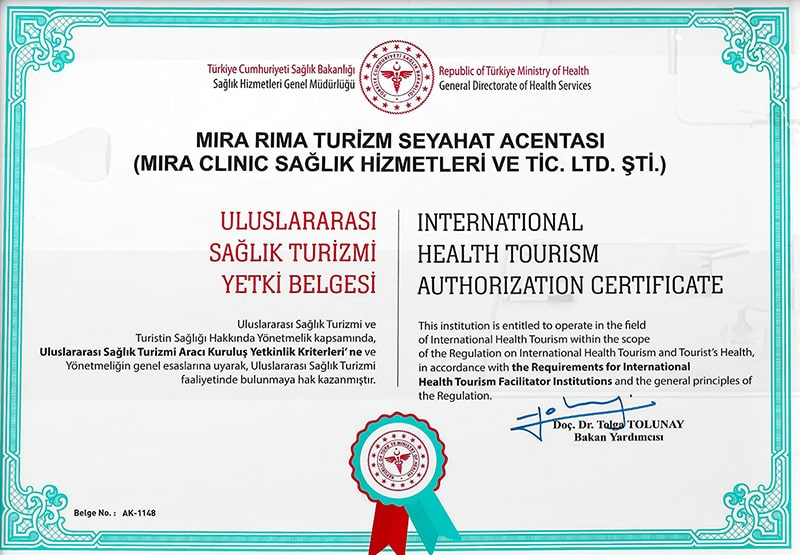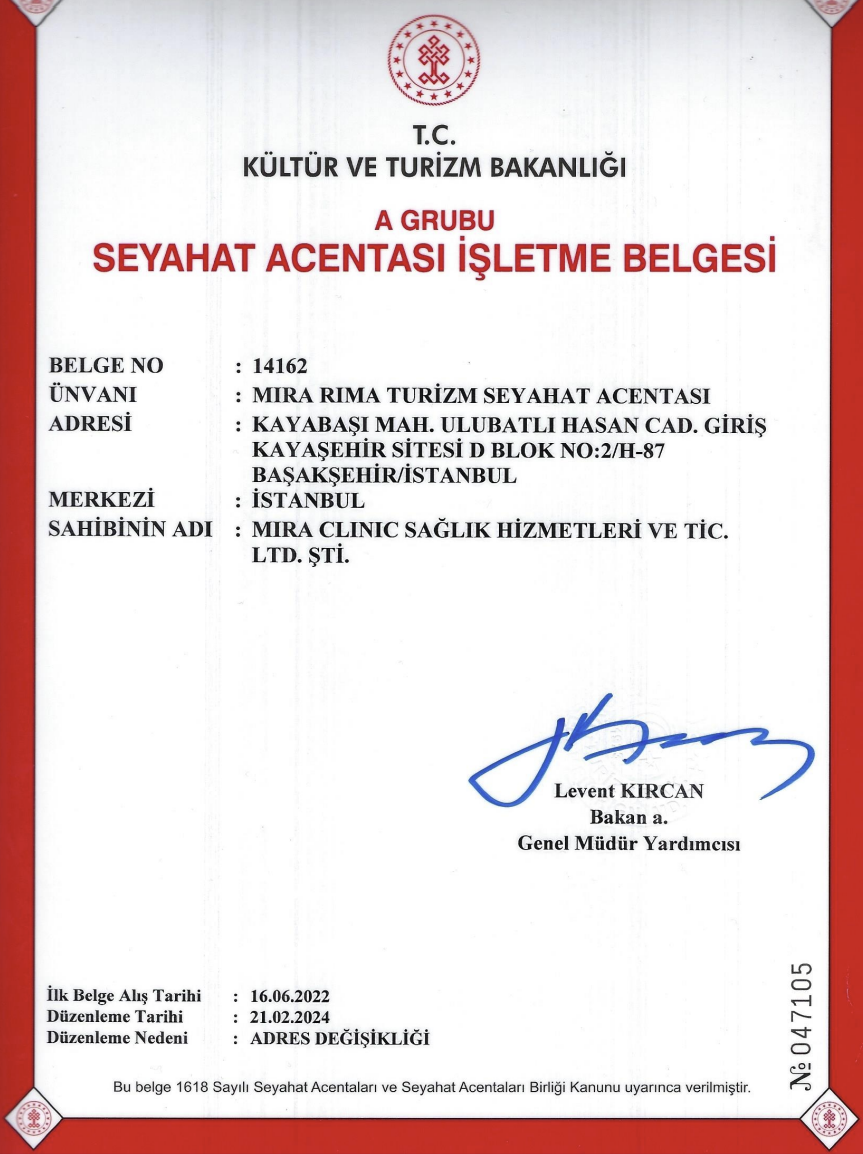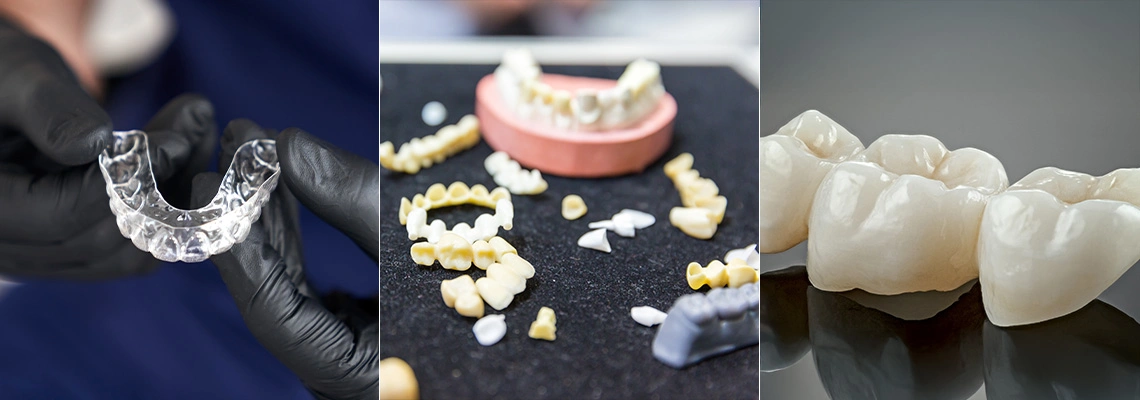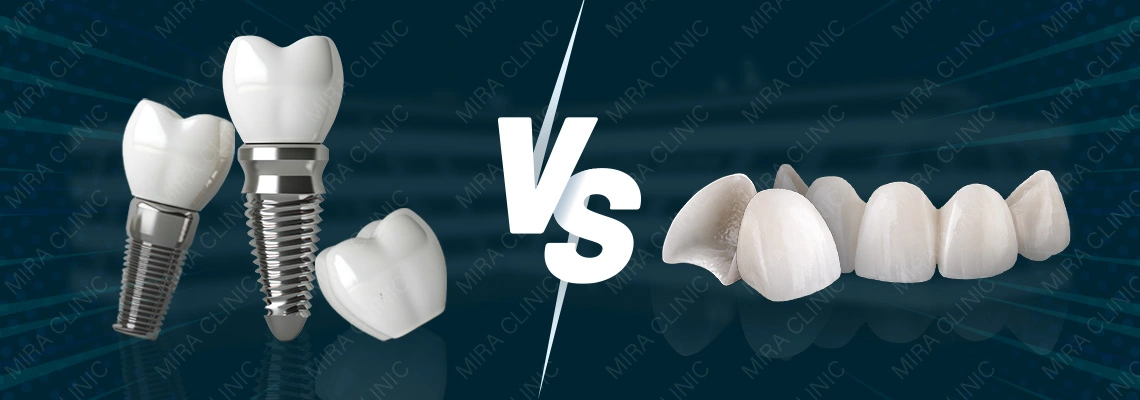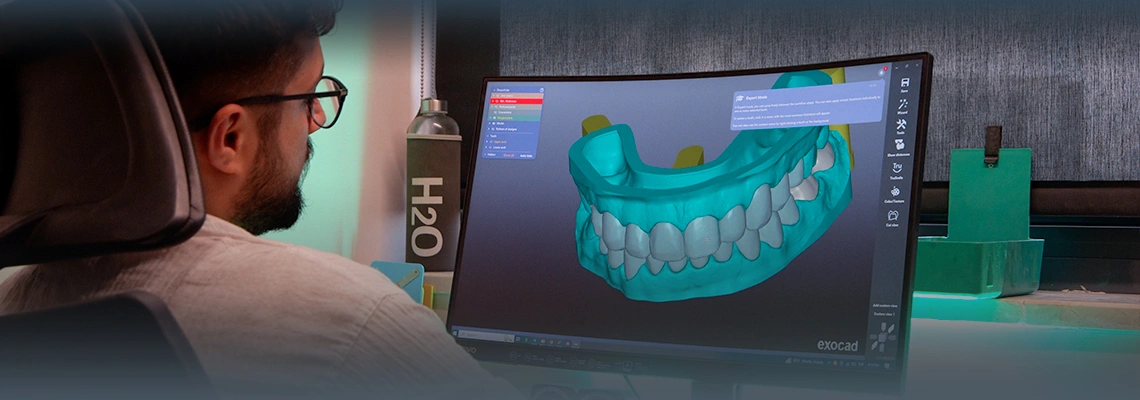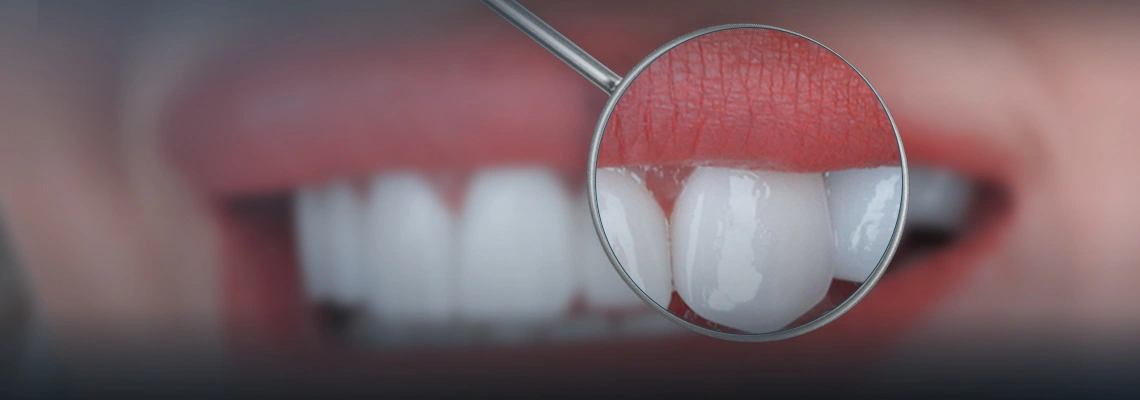Sinus lift surgery in Turkey has gained significant popularity due to its high success rates and affordable costs. This procedure is vital for individuals seeking dental implants with insufficient bone mass in the upper jaw. Turkey's reputation as a leading destination for dental tourism is largely attributed to the expertise of its dental professionals and the quality of care provided in its modern clinics.
Table of contents:
- What is a sinus lift?
- What does a sinus lift do?
- What are the sinus lift types?
- Internal sinus lift procedure
- External sinus lift procedure
- Sinus lift recovery and aftercare
- Sinus lift side effects
- Is a sinus lift very painful?
- How long does it take to recover from a sinus lift?
- How successful is a sinus lift?
- What is the difference between a bone graft and a sinus lift?
- How much does a sinus lift cost in Turkey?
- Sinus lift before and after
What is a sinus lift?
A sinus lift, also known as a sinus augmentation, is a dental procedure that involves raising the maxillary sinus membrane to create additional space for bone grafting. This extra space allows for the placement of bone graft material, which stimulates new bone growth. Once the bone has healed, dental implants can be securely anchored into the newly formed bone, providing a stable foundation for artificial teeth.
Related articles:
What does a sinus lift do?
The primary purpose of a sinus lift is to increase the bone density in the upper jaw. This is crucial for dental implant placement, as implants require a sufficient amount of healthy bone to integrate successfully. By raising the sinus membrane and adding bone graft material, a sinus lift creates a suitable environment for bone regeneration, enabling the placement of longer and stronger dental implants.
What are the sinus lift types?
There are two main types of sinus lift procedures: internal and external.
Internal Sinus Lift Procedure
An internal sinus lift is typically performed when the sinus membrane is relatively thin. In this procedure, a small incision is made in the gum tissue near the affected tooth. The sinus membrane is gently lifted, and bone graft material is inserted into the created space. The incision is then closed with sutures.
External Sinus Lift Procedure
An external sinus lift is performed when the sinus membrane is thick or when a larger amount of bone augmentation is required. This procedure involves a more invasive approach, with an incision made through the side of the face. The sinus membrane is lifted, and bone graft material is placed. The incision is then closed with sutures.
Sinus Lift recovery and aftercare
Recovery time after a sinus lift varies depending on the type of procedure and individual factors. It typically takes several months for the bone graft to heal and for new bone to form. During the healing process, patients may experience some discomfort, swelling, and bruising. It is important to follow post-operative care instructions carefully, which may include avoiding strenuous activity, taking prescribed medications, and maintaining good oral hygiene.
_1727178301.jpg)
Sinus Lift Side Effects
While sinus lift procedures are generally safe, there are potential risks and side effects. These may include:
-
Infection: This can occur in any surgical procedure, and it is important to follow your dentist's instructions for preventing infection, such as taking prescribed antibiotics and maintaining good oral hygiene.
-
Bleeding: Some bleeding is normal after surgery, but if it is excessive or does not stop, you should contact your dentist immediately.
-
Nerve damage: In rare cases, the nerves that control sensation in the teeth or face may be damaged during a sinus lift procedure. This can cause numbness or tingling in the affected area.
-
Sinus problems: Sinus lift procedures can sometimes lead to sinus problems, such as sinus infections or congestion. These problems can usually be treated with medications.
-
Failure of bone graft to heal: In some cases, the bone graft material may not heal properly, which can affect the success of the dental implant procedure. If the bone graft fails to heal, you may need to undergo additional surgery.
Is a sinus lift very painful?
Sinus lift procedures are often performed under local anesthesia or sedation, which helps to minimize pain during the procedure. However, even with these measures, some patients may experience discomfort or pain after surgery. This is because the procedure involves manipulating sensitive tissues and bones in the upper jaw.
The amount of pain experienced can vary from person to person, and it may also depend on the type of sinus lift procedure performed and the patient's individual pain tolerance. Some patients may experience mild to moderate pain, while others may experience more severe pain.
Pain medication can be used to manage any discomfort that occurs after a sinus lift procedure. Your dentist will prescribe a suitable pain reliever to help alleviate pain and promote healing. It is important to follow your dentist's instructions for taking pain medication and to avoid taking more than the recommended dosage.
How long does it take to recover from a sinus lift?
Recovery time for a sinus lift can vary significantly depending on several factors. The type of procedure, the amount of bone graft used, and individual healing rates all play a role in determining how long it takes for the body to heal. A smaller, internal sinus lift may require a shorter recovery period, while a larger, external sinus lift may take longer.
In general, it can take several weeks to several months for the bone graft to heal and for new bone to form. During this time, it is important to follow your dentist's recommendations regarding rest and aftercare. This may include avoiding strenuous activities, taking prescribed medications, and maintaining good oral hygiene.
It is also important to be patient and allow your body time to heal naturally. While there may be some discomfort or swelling during the recovery process, it is important to remember that these symptoms are temporary. With proper care, most patients can expect a full recovery from a sinus lift procedure.
How successful is a sinus lift?
Turkish hospitals and clinics are equipped with the latest medical technology and equipment, significantly contributing to the high success rate of sinus lift surgeries, which can reach between 90% and 95%. Additionally, these facilities provide a safe and comfortable environment for patients, ensuring their comfort and peace of mind during treatment.
What is the difference between a bone graft and a sinus lift?
While both bone grafts and sinus lifts involve adding bone to the jaw, they serve different purposes. A bone graft is generally used to replace missing bone, while a sinus lift is primarily used to create space for bone grafting in the maxillary sinus area.
How much does a sinus lift cost in Turkey?
The cost of an internal sinus lift in Turkey is €500, and if a jaw implant is required, it's €750. This price is significantly lower compared to the more complex external sinus lift procedure, which is performed when a substantial amount of bone is missing. An external sinus lift in Turkey costs between €1200 and €2000 for both jaws.
Turkey is a leading destination for dental procedures, offering competitive prices in medical tourism packages. Turkish clinics and centers provide comprehensive sinus lift packages that include a wide range of services at affordable prices and exceptional quality.
Sinus lift before and after
Before and after photos can provide a visual representation of the results achieved with a sinus lift procedure. These photos can show the difference in bone volume and the improved aesthetics of the upper jaw after the procedure.
Enjoy a free online consultation with Mira Clinic. Contact us now!
_1727178266.jpg)
Sources:
- What you need to know about a dental bone graft
- https://www.healthline.com/health/dental-bone-graft
